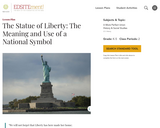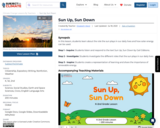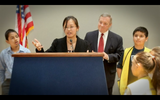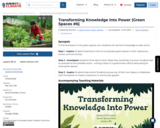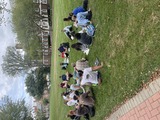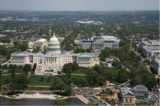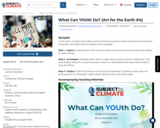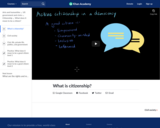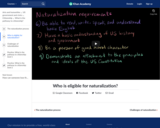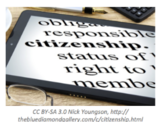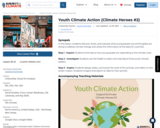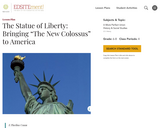
While the French had kept their end of the bargain by completing the statue itself, the Americans had still not fulfilled their commitment to erect a pedestal. In this lesson, students learn about the effort to convince a skeptical American public to contribute to the effort to erect a pedestal and to bring the Statue of Liberty to New York.
- Subject:
- History
- Material Type:
- Lesson Plan
- Provider:
- National Endowment for the Humanities
- Provider Set:
- EDSITEment!
- Date Added:
- 09/06/2019
